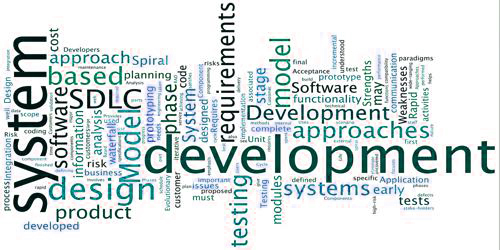The system development life cycle (SDLC) enables users to transform a newly-developed project into an operational one. It also referred to as the application development life-cycle, is a term used in systems engineering, information systems, and software engineering to describe a process for planning, creating, testing, and deploying an information system.
All the activities involved in SDLC are highly related and interdependent. However, these steps are stages of SDLC are discussed below –
(1) Investigation: It includes determining how to address business opportunities and priorities by conducting a feasibility study and developing a project management plan obtaining management approval.
(2) System analysis: Analyze the information needs of the end user, the organizational environment and any system presently used. Develop the functional requirement of the system that can meet the needs of the end user.
(3) System design: It includes developing a specification for the hardware, software, people, network, and data recourses and the information product that will satisfy the functional requirement of the proposed business information system.
(4) System implementation: It includes acquire hardware and software, testing the system and train people to operate and use it. Covering the new business system, and managing the effect of system change on the user.
(5) System maintenance: It uses a post-implementation review process to monitor, evaluate and modify the system as needed.
















